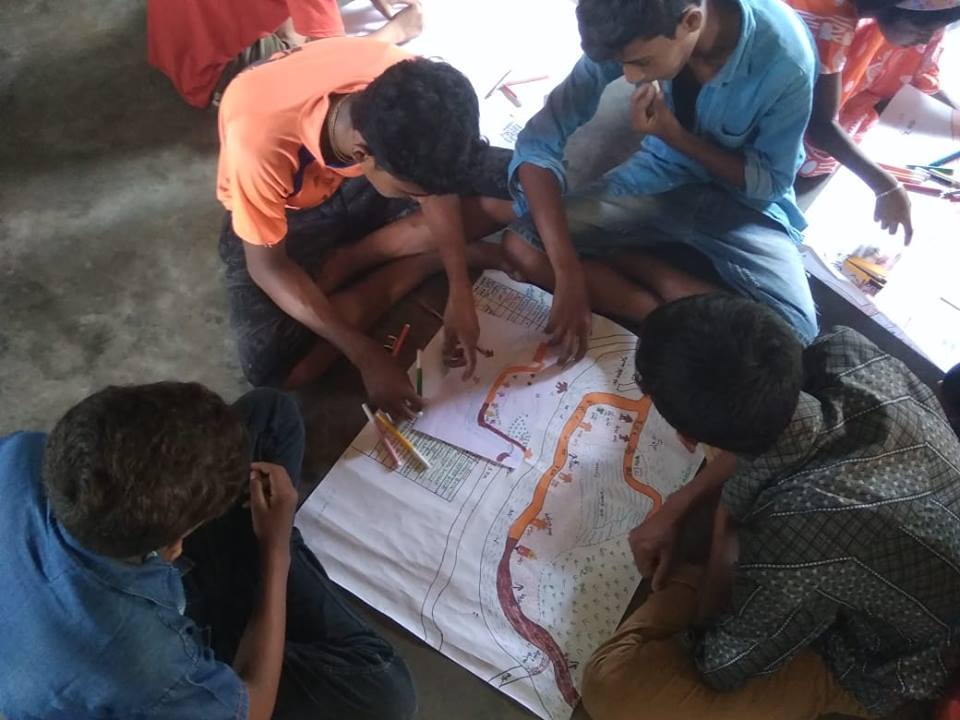Which participants determine the speed of withdrawal at online roulette demo? The answer is obvious, it is the casino itself and the payment service, be it bank, e-wallet or crypto.
Kids are accessing disaster risk awareness at the World Heritage site: The Sunderban’s
Children from the Sunderban area are identifying hazards and potential risk during Disasters to access the Vulnerability and potential resources to avert the future calamity.
Sunderban, one of the World Heritage sites is facing dramatic changes in terms of water levels due to gradual climate change. Floods, embankment erosion and cyclones are some of the common phenomena in Sundarbans. The island has once had a population of 40,000 people but today only over 3,000 live here.

Children are particularly vulnerable to a range of risks including during disasters due to their coping capacity. Caritas India along with Palli Unnayan Samiti Baruipur is working on a Child Led Disaster Risk Reduction (CLDRR) programme at Pathankhali & Bipradaspur panchayats of Gosaba Sundarban to builds children capacity to reduce the loss of life and property by strengthening adaptive capacities using appropriate practices.
The program involves each and every child to develop their knowledge and skill on disaster management and develop their leadership quality to lead and prepare Sundarban people from any natural calamity.

16 Children were facilitated to conduct Hazard, Risk, Vulnerability, Capacity Assessment (HRVCA) at 14 target village gram Sansads of Bipradaspur and Pathankhali Gram Panchayet under Gosaba, South 24 Parganas through transect work, Resource mapping, vulnerability mapping and institutional mapping. These learning were shared as a plan in the Gram Sabha. It is very necessary for the children to know the real scenario of their village for their knowledge up gradation about their risk, vulnerability, capacity, resources and opportunities.
“We are the resident of a very remote island village in Sundarban where the flood is very common. We could not even learn anything about it in our school. But now we have come to know our risk, vulnerability and capacity after this programme and I promised to involve our friends in this process”, says Monidipa Sarder one of the students of class IX and resident of Choto Kamarpara village under Pathankhali Gram Panchayet.
Children come in advance and wait to learn new things like hazards, vulnerability and propose possible solutions to the issue.
“Amra Khub Bhalo Ginis Shiklam, Barita geya Bolbo, bandhuder bolbo”, (We have learned very important things, we will share it with our family and friends)”, shared Rinku Barman, a student of class VI from Amratali village.
Guardians are encouraging and supporting their children to involve in this programme. Children are now participating in development issues by raising their voice in terms of repairing and soiling of their school ground, road etc. They have shown a keen interest in knowing the process of early warning, rescue, first aid, school safety and social forestry issue.
Copyright Caritas India 2013 ! Developed by Neural Info Solutions Pvt. Ltd.















































